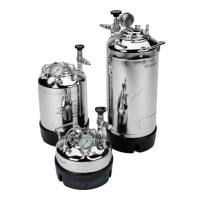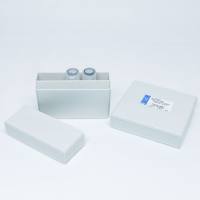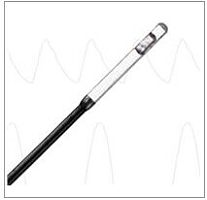Pressure/Patch-Clamp Methods
互联网
911
It is approaching 20 years since the introduction of the single-channel patch-clamp recording technique (Neher and Sakmann, 1976), and over the last two decades its refinements and diverse applications have served to maintain it as the dominant technique in membrane physiology (Neher, 1992; Sakmann, 1992). Historical accounts of the development of the technique have been given (Sigworth, 1986), and an extensive literature exists detailing and updating various aspects of the method (Sakmann and Neher, 1983, 1995; and this volume). In this chapter we focus on a critical yet some-what neglected aspect of the method, namely the magnitude and time course of the suction/pressure applied to the patch and its consequent effects on membrane and channel properties. Although suction is most often used in obtaining the tight seal, it has also been shown that excessive suction alters the properties of specific membrane ion channels (Hamill and McBride, 1992). In particular we describe here recent development of pressure clamp techniques that allow the application of precise and rapid suction/pressure steps to membrane patches and whole cells (McBride and Hamill, 1992, 1993, 1995).









